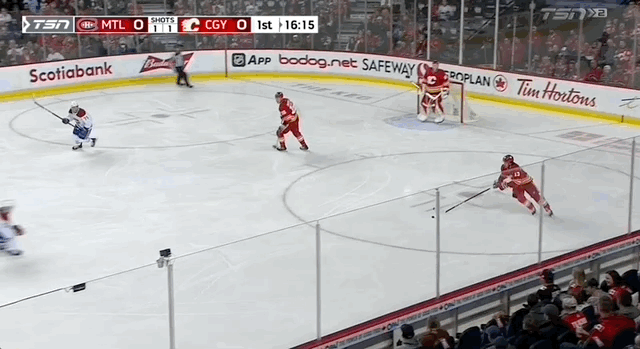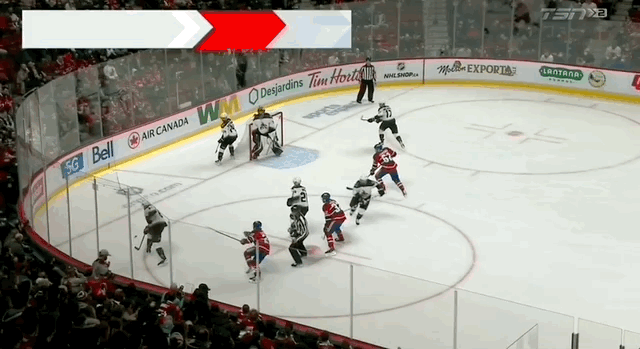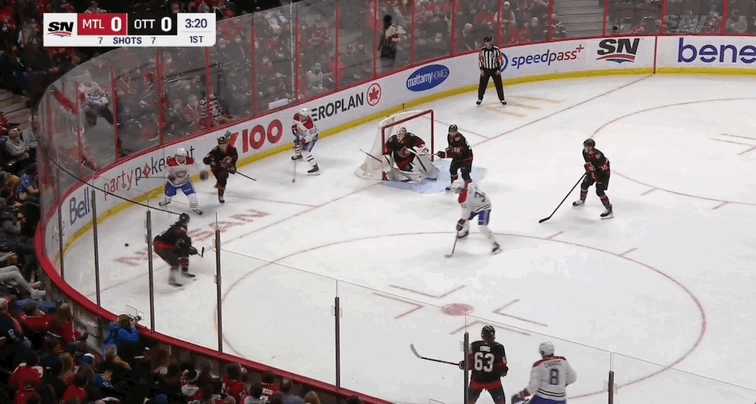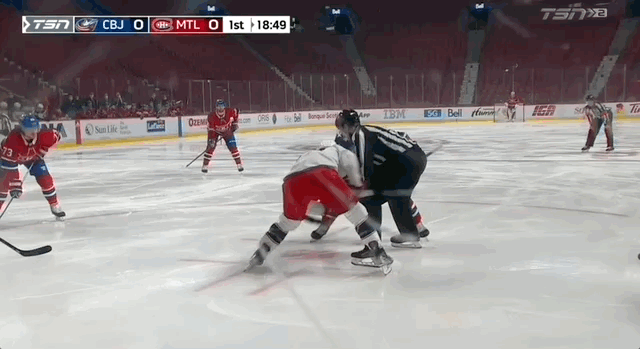As loaded with skill as the Colorado Avalanche may be, management looked for a couple of supplemental pieces at the deadline to take them over the top. One of the most notable additions was forward Artturi Lehkonen from the Montreal Canadiens, in exchange for defender Justin Barron and a 2024 second-round pick.
This wasn’t just a major move because of the price of acquisition. If anything, the price could have been higher since he’s not a rental (Colorado maintains control this summer as he’s a pending restricted free agent) and Montreal’s retaining salary. But it’s so significant for the acquiring team because of the potential impact and how well he should fit on his new squad.
So what does Lehkonen bring to the Avalanche, and how does he improve the team this spring?
The former Canadiens’ forward is an analytics darling with some really strong underlying numbers, even when his point totals don’t jump off the scoresheet. Considering how dismal much of the season was in Montreal across the board, his consistency and play below the surface stands out in particular.
With Lehkonen on the ice, the Canadiens allowed one of the lowest rates of shot attempts and expected goals against (which can be used a proxy for shot quality) at even strength. He was also the only player to at least break even in shot and expected goals share (around 52 per cent for each); the only other player on the team to be on the ice for at least 50 per cent in either category is Brendan Gallagher’s 51.2 per cent shot rate.
That’s even more impressive when considering his usage — and it helps explain why he was deployed in that role. Lehkonen saw his minutes rise when the Canadiens needed to protect a lead, and was tasked with defensive zone starts often.
Lehkonen’s style of play is highlighted by his hard work and forechecking no matter the situation.
He’s smart with his stick, and can disrupt opponents’ plays in all three zones to check the puck away, and pressure for turnovers.
With his stick and positioning, he can also block passes and close passing lanes to keep opponents from generating higher danger shots. Or, when the opponent take possession in their defensive end, the winger can stop their transitional efforts to maintain offensive zone time for his team.
Lehkonen also is strong in puck battles, even those contested by his opponent — on both ends of the ice, whether it’s a battle along the boards or after a rebound. Those puck retrievals are fueled by his ability to anticipate his opponents next moves.
All of that translates from even strength to the penalty kill as well. His smart play and ability to read plays, along with that disruptive style helps him jump on bobbled pucks or force it away from a team in formation to tick time off the clock, and create some chaos with short-handed chances.
This is an area where Colorado undoubtedly needs some help. As much as the Avalanche can control play at even strength and keep their opponents out of the defensive zone, on the penalty kill they’re either middle-of-the-road or closer to the bottom half in the league in defensive metrics. And their shot quality while short-handed in terms of expected goal rate for ranks 23rd. That’s a situation where it’ll help to bolster their play, especially if their road to the Stanley Cup leads them to matchups against the likes of Calgary or really any of the top Atlantic Division teams.
This style of play from Lehkonen also translates to offensive situations. The winger generally doesn’t play much on the power play, but he makes an impact at 5-on-5. In fact, that’s where he led his team in scoring this season ahead of the trade with 25 points in 58 games, exceeding the next best, Nick Suzuki’s, 22 points in 63 games. When accounting for ice time, that’s 2.24 points per 60, which is a career-high and a major uptick from last season’s 1.15 points per 60.
What’s particularly impressive is how influential he was on the goals scored while he was deployed. He was on the ice for 49 per cent of the goals share, as the Canadiens were just outscored 27-28. With 25 points, that’s a point on almost 93 per cent of the goals scored while he was on the ice. On 78 per cent of those scores, he had a primary point to show his direct impact on scoring plays as well.
Lehkonen’s not the most frequent shooter, though this year in Montreal he did rate well relative to his teammates, but he can get the quality areas. And generally, those scoring chances are generated off the cycle.
While he can chip in his own quality looks, it’s his playmaking that’s particularly valuable. Lehkonen is often the player to help the team maintain possession in the zone or gain it back to extend that offensive zone time. From there, he can send it right to his teammates to set up a scoring chance.
A player who can drive play on both ends of the ice is an ideal addition for the Avalanche — whether he fits on the second or third line long-term.
Often times, coaches pair a more defensively minded player for balance on an offensive line. Think: Valeri Nichushkin providing two-way efforts alongside Nazem Kadri and Andre Burakovsky this season. But with the Gabriel Landeskog injury, he’s moved up to that top line for the time-being. That could open up a spot for Lehkonen on that second line — and his play could help facilitate Kadri’s scoring. Most importantly, he’s not just a defensive player who will be an anchor in the top-six — he legitimately can keep up and complement top players.
There could also be a role for him on the third line, likely with Alex Newhook as a two-way presence to help control play on both ends of the ice. That would help the team have more supplemental scoring than they’ve had without their top players on the ice.
Above all else, though, he gives the team more flexibility come playoffs. He can be trusted in any role, in any situation, really anywhere in a lineup. If Colorado needs to defend a lead (a position they’re often in given their offensive firepower), they can trust Lehkonen. Even in the highest pressure situations, he plays to his strengths. That’s what made him a standout across the Canadiens playoff run last year.
Versatility is key in the playoffs, as teams have to react and adjust accordingly. And Lehkonen helps add that element to a very skilled Avalanche team looking to reach the next level.
Data via Sportlogiq














